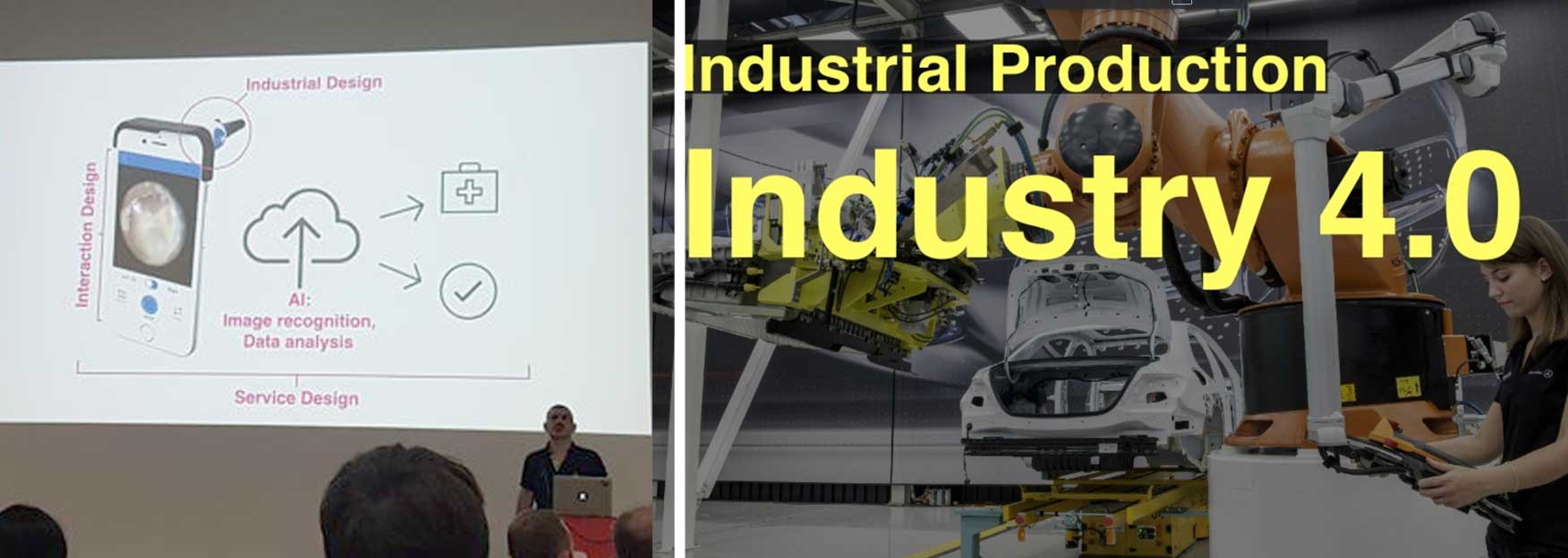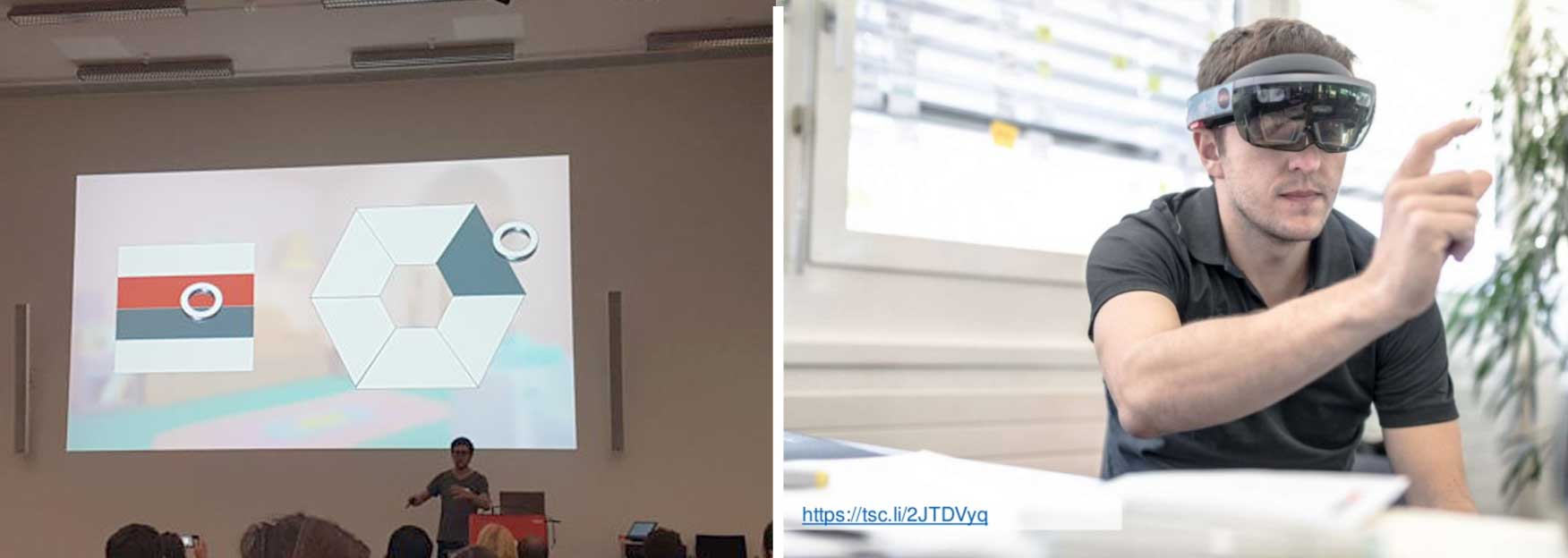
We Are The UXCamp
On May 5, Annemarie and I went to the annual UXCamp in Zurich. It’s the fourth time I’ve attended the camp, and to my delight, it still provides visitors with a welcoming and charming atmosphere. I saw a lot of new faces this year which marks a positive development for the discipline (and suggests that UX is growing in Switzerland). I led a session on the development of a pictorial usability questionnaire at the University of Fribourg, had very interesting discussions with other designers, and visited two thought-provoking sessions held by Memi Beltrame and Tim Schoch.

The Big Shift “An in-depth look at how interaction design, industrial design and service design are merging together to form a super-discipline and what this all means for designers.”
The Big Shift, a presentation by Memi Beltrame (@bratwurstkomet) on the Future of UX stood out to me this year. As Beltrame put it, UX design is “on the edge of transformation, and our work will change.”
He believes that future UX designers will not only design for screens but entire ecosystems surrounding every application. As a consequence of this shift from screen design to ecosystem design, our jobs will change. We will work in teams that cover a wide range of disciplines, including interaction design, industrial design, and service design. UX will become interdisciplinary, a change driven by technological advances. Systems will be more automated (smarter, faster, unbound) and more connected (at scale, open, interoperable) because the ‘Big Shift’ is coming. Or, is it already here?
Another consequence of technological advancements will be the fourth industrial revolution, or Industry 4.0. Repetitive and error prone labor will be done by machines, and human operators will function as task supervisors for machines. In order to oversee this work, human operators will need user interfaces. This does not necessarily mean that operators will only use graphic user interfaces since advances in the last few years introduced new types of devices within virtual, augmented and mixed reality settings. These new devices are in need of natural interactions to be accepted and easy to use. Therefore, we will have a lot of opportunities to make things better in the industry sector, or to at least make systems more user-friendly and easy to use.

2D UX XR
Tim Schoch’s talk “From 2D to Mixed Reality - Hololens Interaction Design Workflow” fit well with Memi Beltrame’s insights on the future of design. Schoch (@tim_schoch) presented lessons learned from the Hololense application development project.
Schoch pointed out that “you have to think about how people interact with new technology” when designing for mixed reality (also known as extended reality (XR)). In a mixed reality environment, you cannot use the UI patterns that you know from common desktop or smartphone applications. With new technology come new patterns of interaction.
He used an example of a challenge designing for mixed reality: the simple action of selecting a menu item. On a desktop computer, it’s easy to use the mouse cursor to select an item in a menu. But, with a hand gesture in mixed reality, it can be challenging to select precisely the desired item without overshooting, especially for inexperienced users. To avoid this problem, the development team used a pie menu where overshooting is no problem. As Schoch pointed out, sometimes “technical constraints dictate interaction” as in the menu item example. But, our goal should remain to design interactions to be as natural as possible.
The usability testing aspect for mixed reality is also very interesting. Schoch explained that it is possible to pair two HoloLenses which is almost like “seeing through the user’s eyes”. This is a fascinating concept, so I’m really looking forward to doing usability tests with augmented reality applications in the future.
Discussing UX Challenges
At this year’s camp, I also talked to other UX designers about problems that we confront in our discipline. I had one spontaneous conversation about the obstacles UX Designers face in justifying their work. We often hear that “there is no budget for design”, or people ask us, “why should we invest time and effort when our product is selling?” We also are also often faced with this statement: “We know our users very well already, so we don’t need user research.”
It felt somewhat like a therapy session, but it was helpful to talk about the challenges UX designers face and how my colleagues overcome these obstacles. Maybe this area will be my topic for the next UXCamp (“Top 10 UX Design Challenges and How To Overcome Them”), we’ll see.
Thank you UXCamp for organising this event! We’re looking forward to UX Camp 2019!
